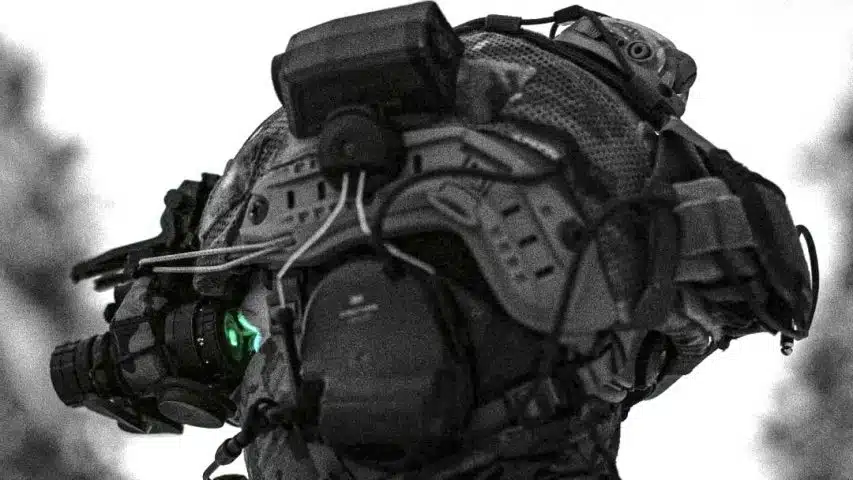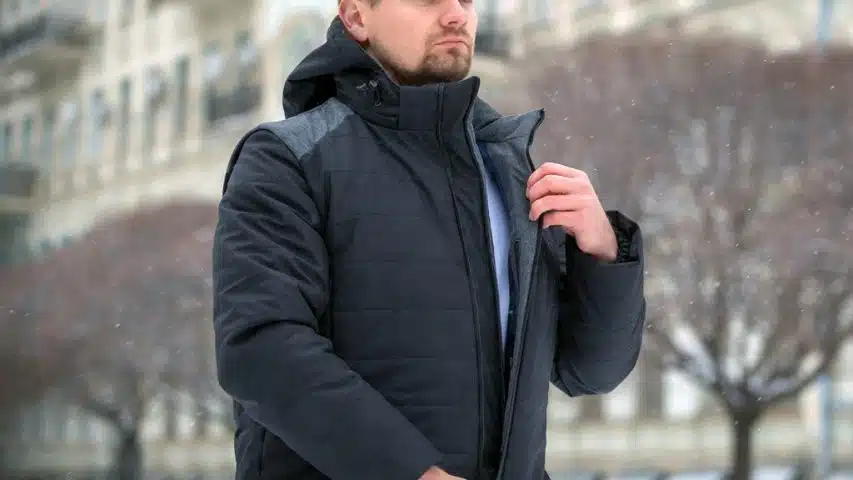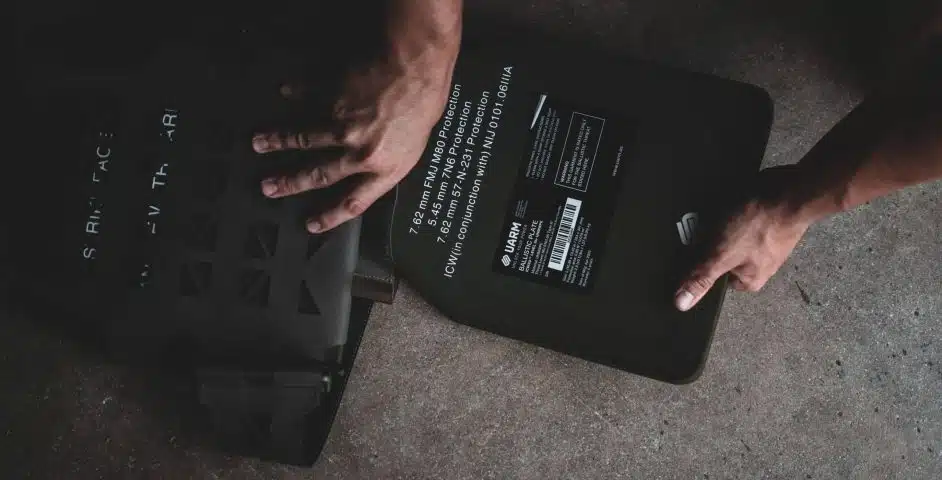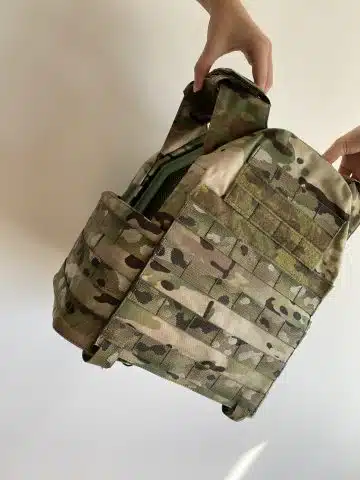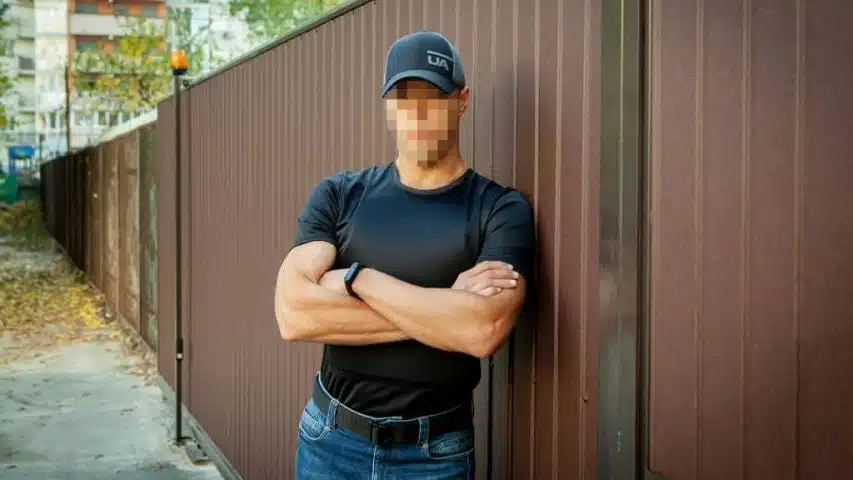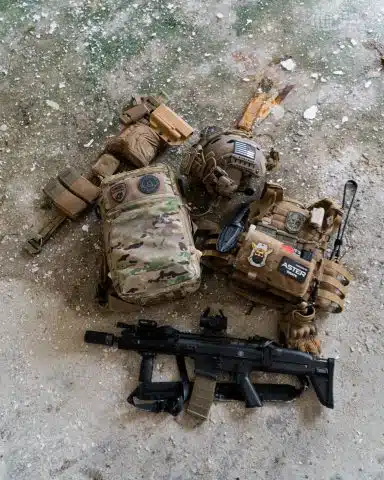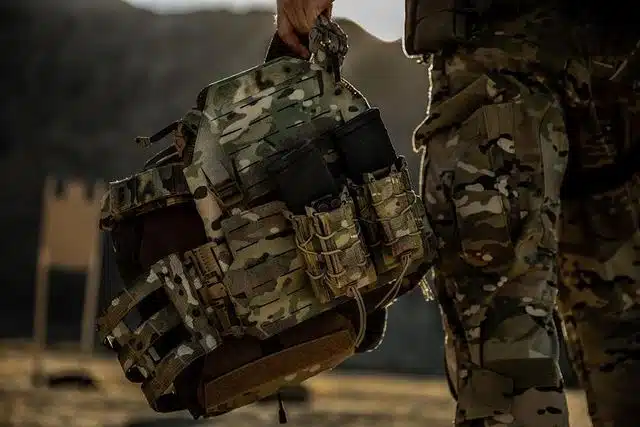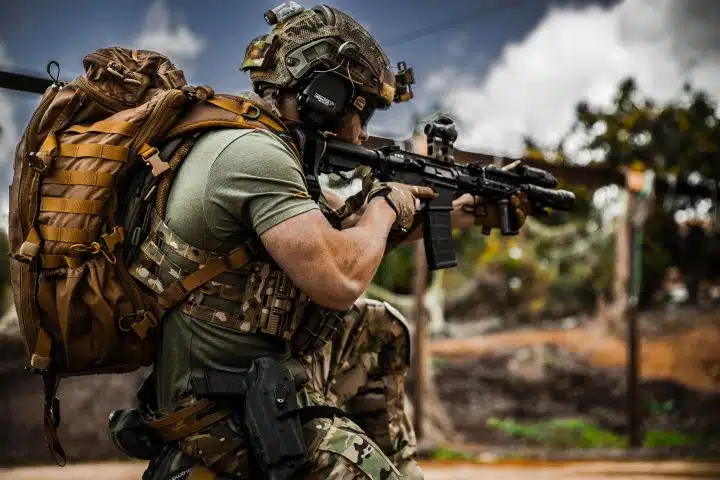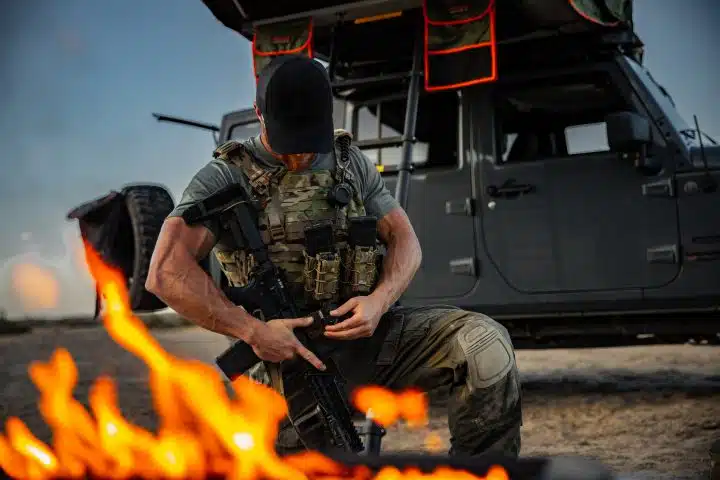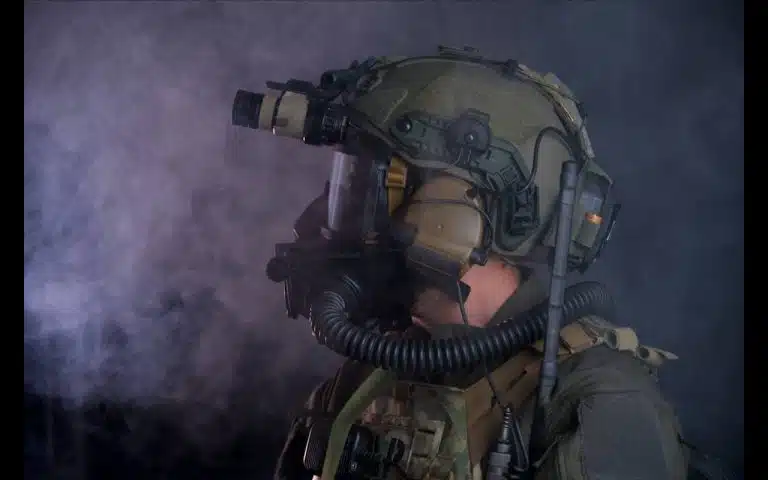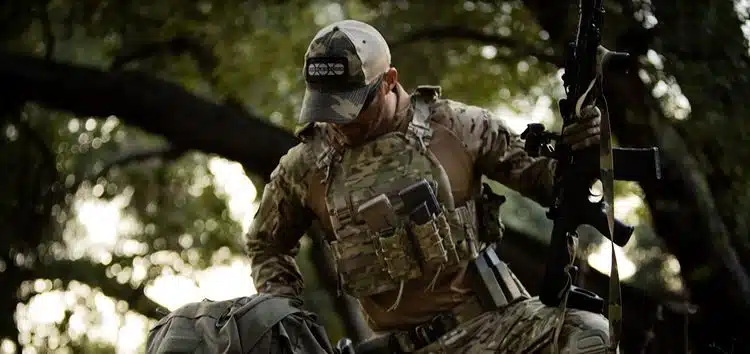Regardless of preference and marital status, anyone who served tours in Iraq or Afghanistan had two loves: Molly and Alice. Namely, these are both parts of the IBA body armor that was the standard for the US Army and Navy troops from 2000 to 2020.
MOLLE (pronounced Molly) refers to the modular webbing on the armor that allows for attaching various types of gear. And ALICE stands for All-purpose Lightweight Individual Carrying Equipment, which is for lugging around standard gear.
Aside from MOLLE and ALICE, there are six parts of the IBA:
- OTV – Outer Tactical Vest
- 2-Part collar protector
- Groin protector
- SAPI Ballistic Plates
- FLC – Fighting Load Carrier
- External Auxiliary Armor including:
- DAPS – Deltoid and axillary protection system
- Side-plate carriers
- Back extender
- Upper-legs protector
- LEBA – Lower Extremity Body Armor
- Pelvic Protection System
Combined, they are meant to protect the combatant from any danger on the battlefield. And, they can be modulated for different missions.
Because these vests will be placed out of service in 2020, there are bound to be a lot for sale for the second-hand and surplus market. While they might not be ideal for domestic and civilian purposes, the nostalgia factor is indisputable.
Army Surplus Stores
The best places to find IBA that is still in good condition and has all of the additional features are army surplus stores. These can be managed by the US Army itself, or by third-party contractors.

But, most stores will sell parts of the armor separately. This is because the expiration date on certain parts, such as the hard plates inside SAPI is shorter than the rest of the armor. Thankfully, it can be easily exchanged.
Otherwise, there are items in good condition issued in 2000 that have all of the features like the ones from last year. The only difference is that they were in storage for two decades.
Better Options for Civilians and Companies
While the Interceptor Body Armor is an excellent product and will be functional in any conflict situation, it is not optimal for all purposes. The weight and bulk of the armor are designed for the battlefield and restrict mobility for non-combat purposes.

For civilians and private security operators there are lighter modular options that still include MOLLE webbing and ALLICE load-bearing equipment but without the width of the OTV.
And, because we have much better access to medical facilities than our girls and boys serving the country abroad, we might want to opt for something less protective and more adaptable.

